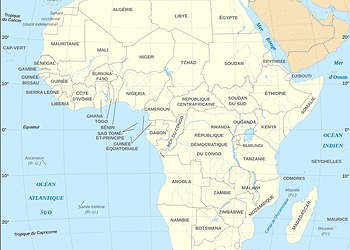Each color has 1 billion people
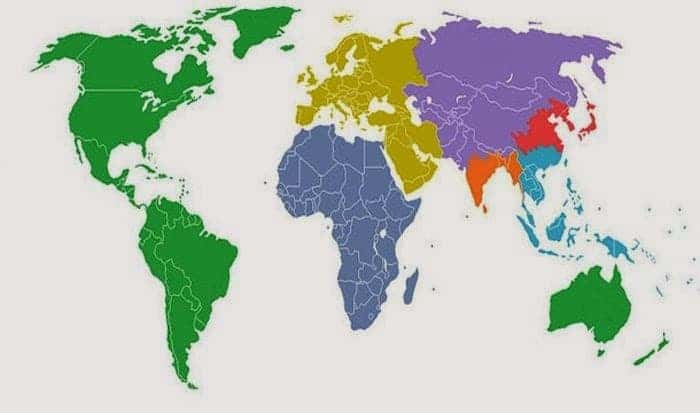
This may surprise you
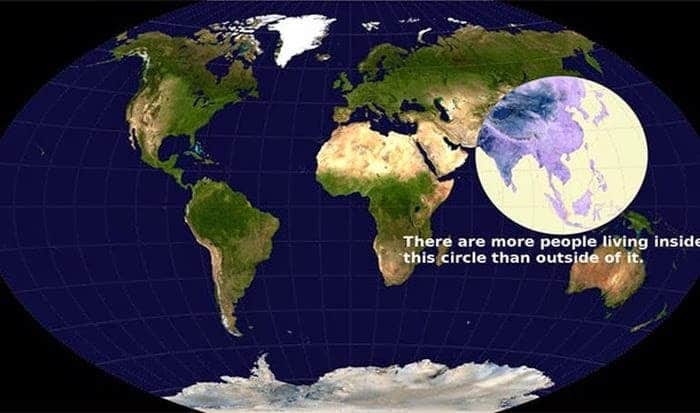
The world’s income levels
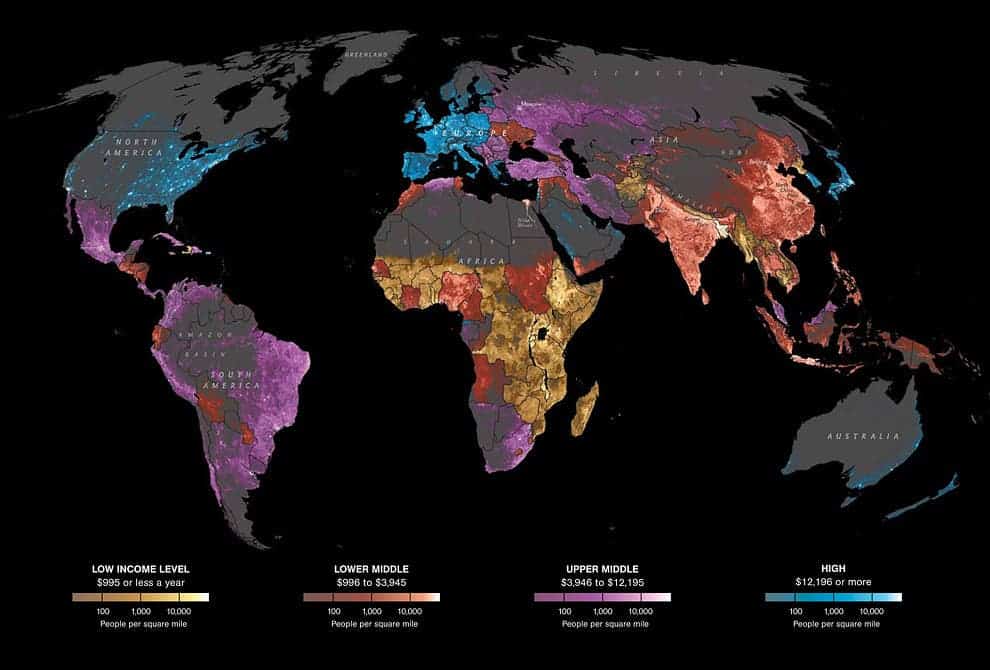
Countries with which England has never fought (in white)
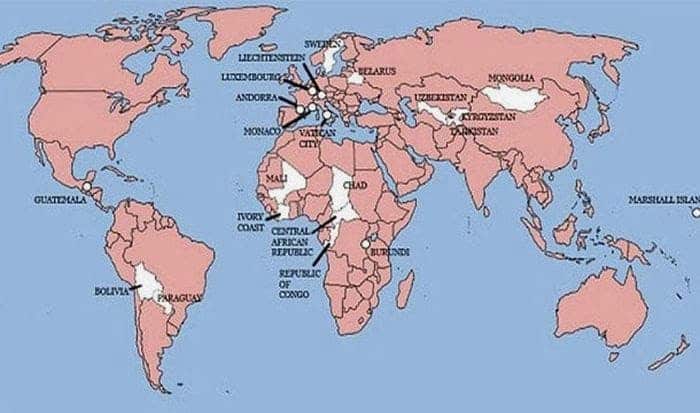
Violent conflicts in 2013
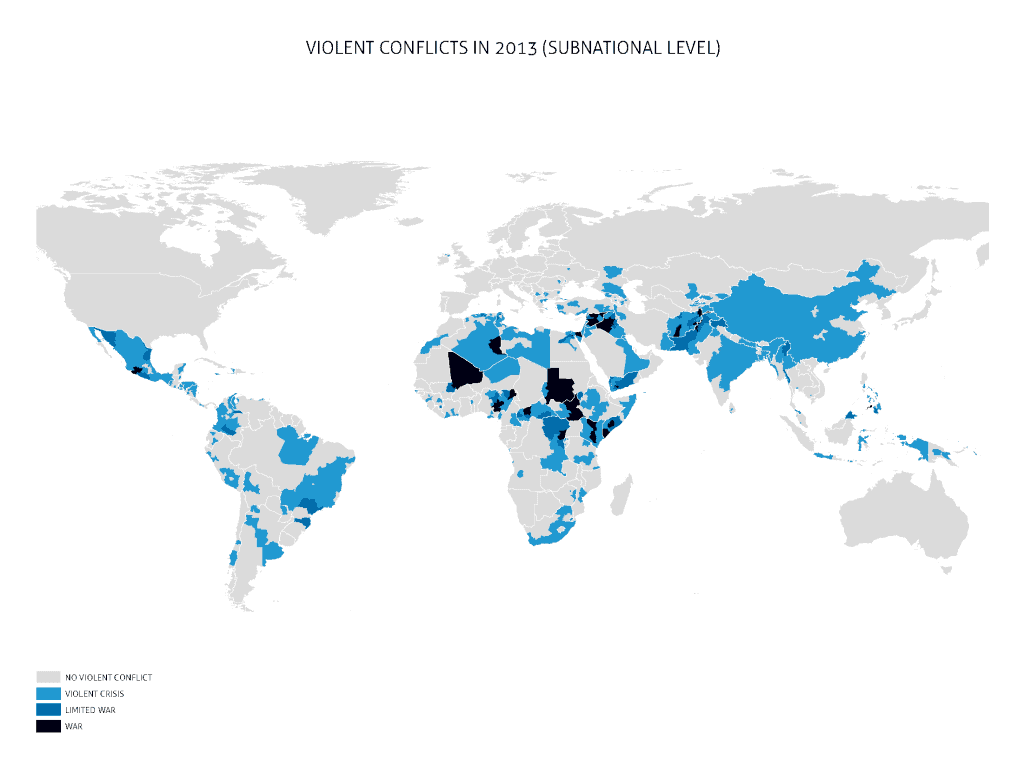
Countries not officially using the metric system
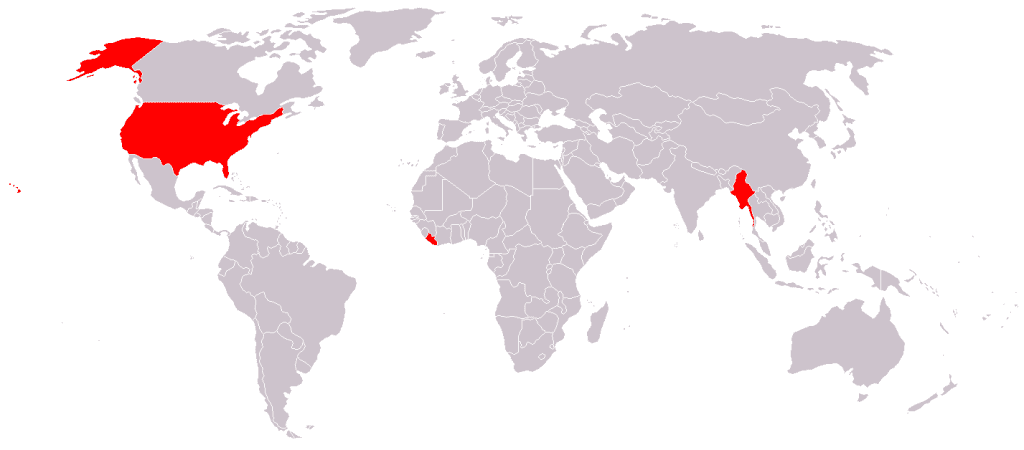
The Nemo Point – farthest away from any land
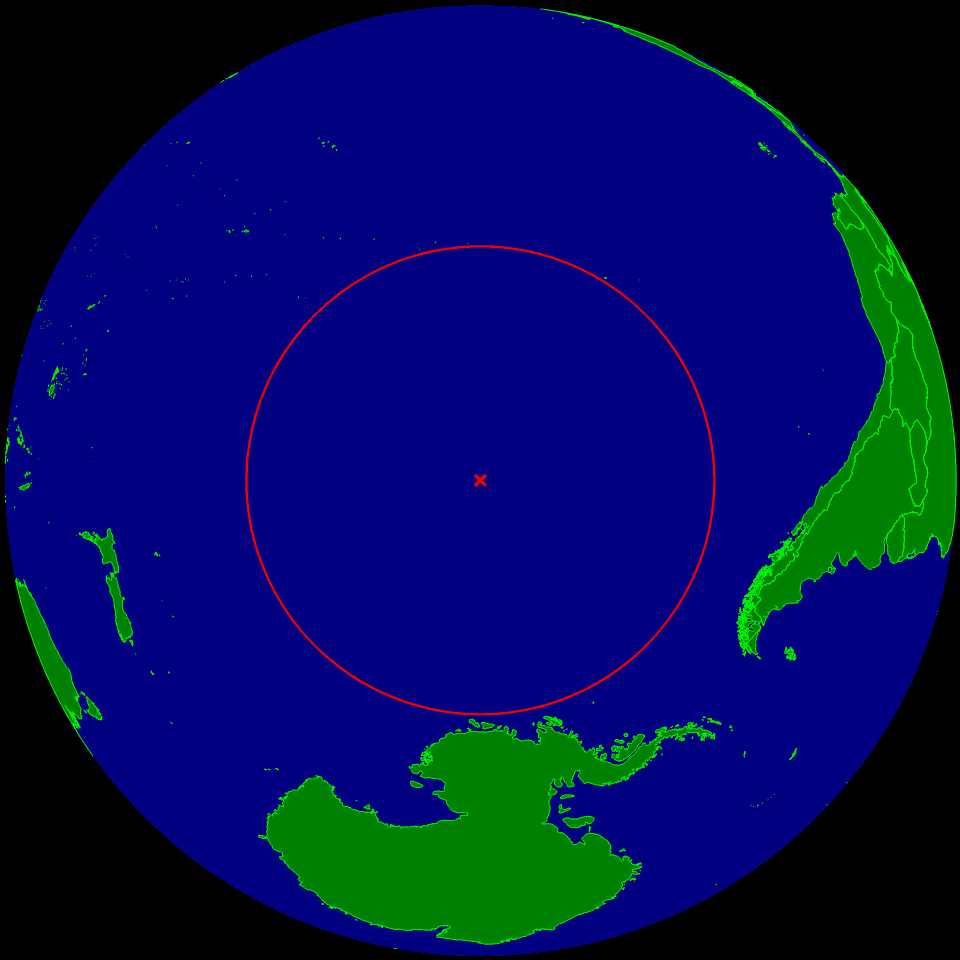
The longest continuous distance on land

The Law of the World
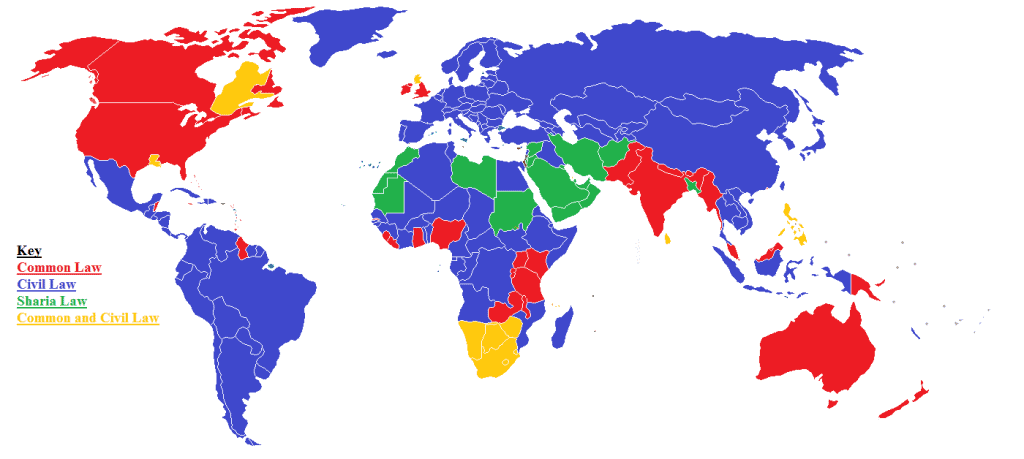
Countries where tap water is safe – according to the CDC
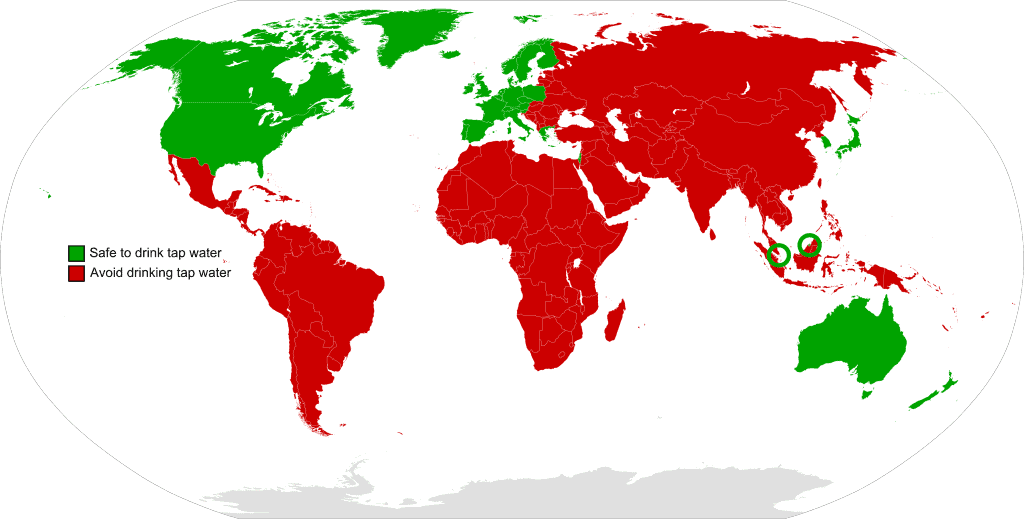
Countries that recognize Palestine vs. countries that recognize Kosovo – almost complete opposites
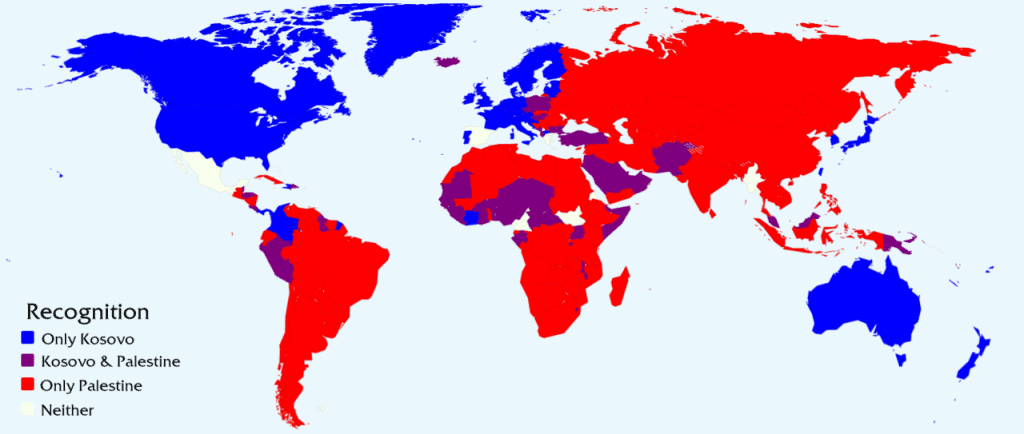
The blonde map of the world
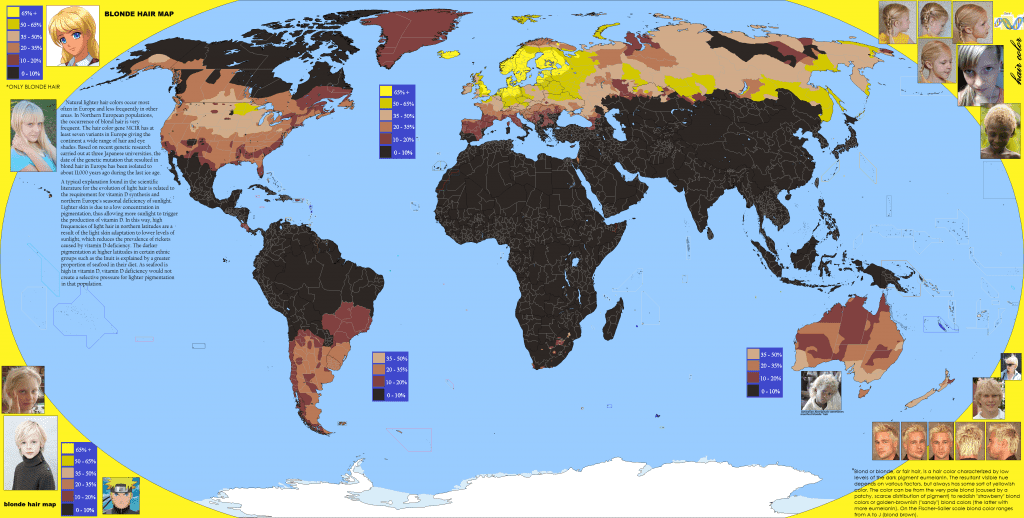
World map of difference between solar time and clock time
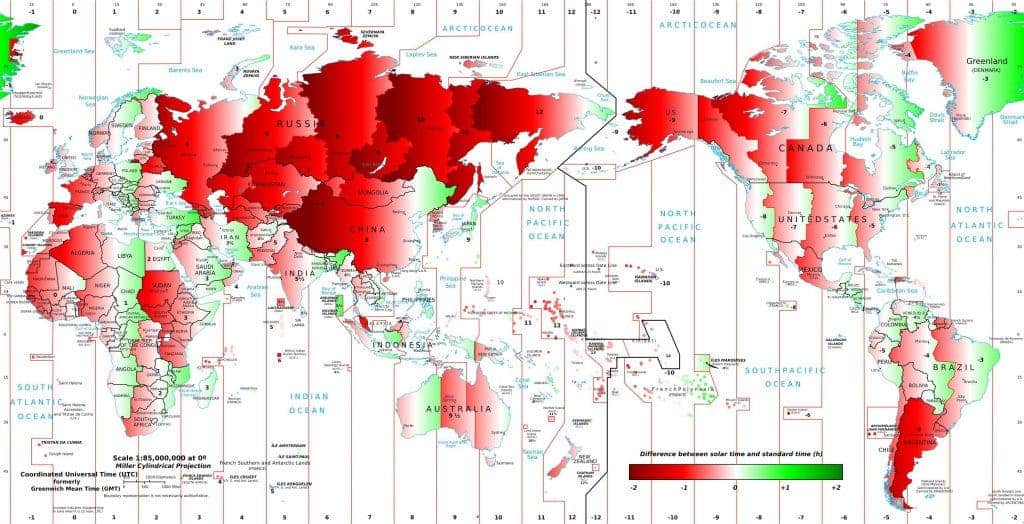
A pale blue dot… a world
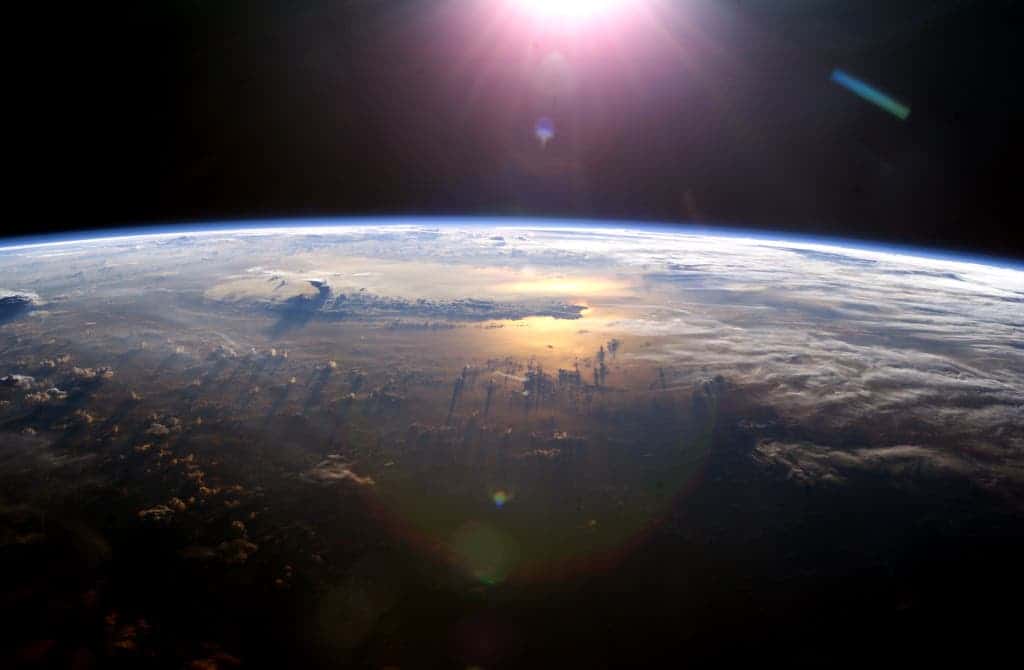
All maps via Imgur and Reddit.


